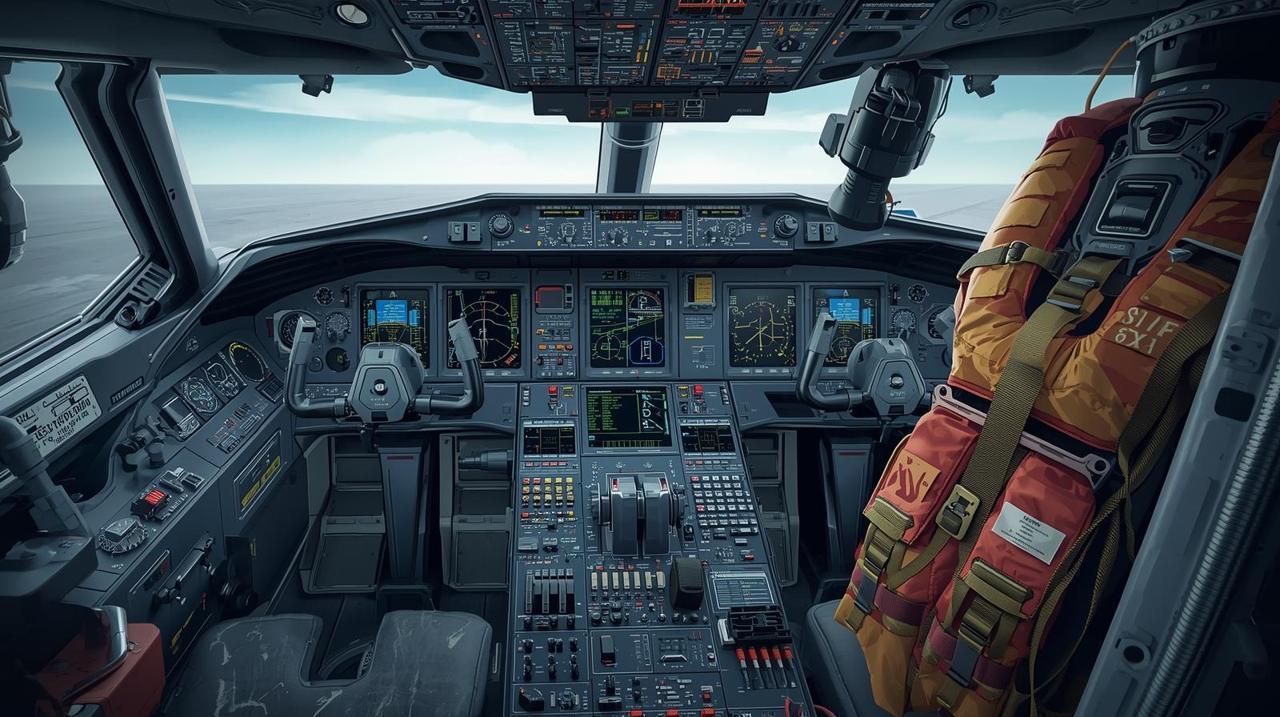
Post by : Avinab Raana
Air travel has long been considered one of the safest modes of transportation. Behind this impressive safety record lies an intricate web of advanced technologies and systems working tirelessly to protect passengers and crew. From automated flight controls to real-time weather monitoring, aircraft safety has evolved dramatically in the last few decades. Let’s explore how modern technology ensures your safety every time you board a plane.
Modern aircraft are equipped with fly-by-wire systems, replacing traditional manual flight controls with electronic ones. Instead of cables and pulleys, pilots send digital signals to control surfaces through computers.
These systems help stabilize the aircraft automatically.
They prevent excessive maneuvers that could endanger the plane.
They make flying smoother and more fuel-efficient.
For example, Airbus and Boeing use different fly-by-wire architectures, but both aim to reduce pilot workload while increasing precision and safety.
One of the most important systems onboard is the Traffic Collision Avoidance System (TCAS). It constantly monitors nearby aircraft and warns pilots if another plane gets too close.
The system suggests immediate actions — such as climbing or descending — to avoid mid-air collisions.
It operates independently from ground-based air traffic control, giving pilots an extra layer of safety.
Thanks to TCAS, mid-air collisions have become extremely rare in commercial aviation.
Flying through bad weather is one of the biggest risks in aviation, but technology has drastically reduced that danger.
Modern weather radar systems can detect storms, turbulence, and wind shear well before the plane encounters them.
Predictive wind shear systems alert pilots to sudden changes in wind speed or direction during takeoff and landing — the most critical phases of flight.
These systems give pilots the data they need to make informed decisions, ensuring smoother and safer flights.
Today’s aircraft are constantly self-monitoring. Thousands of sensors across the plane track vital parameters such as engine performance, fuel pressure, hydraulic systems, and more.
These sensors feed real-time data to onboard computers and ground-based maintenance teams.
Any irregularity triggers alerts long before a potential failure occurs.
This predictive maintenance approach means issues can often be fixed before they pose any risk, reducing in-flight emergencies dramatically.
The EGPWS prevents accidents related to terrain or obstacles.
It uses GPS and radar altimeters to create a 3D map of the landscape.
If the system detects the aircraft descending too quickly toward terrain, it immediately issues a “Pull up!” warning.
This system has saved countless lives by preventing Controlled Flight Into Terrain (CFIT) accidents — once a leading cause of crashes.
Aircraft safety isn’t only about flying — it’s also about passenger protection inside the cabin.
Fire detection and suppression systems in cargo and lavatories can extinguish flames automatically.
Oxygen masks, emergency lighting, and evacuation slides ensure safe exits in case of emergencies.
Stronger seat frames and flame-retardant materials further enhance survival rates during impact.
Even the seat layout and signage are designed based on years of research to optimize evacuation efficiency.
No matter how advanced the technology, the human element remains crucial.
Flight simulators replicate real-world conditions, from storms to system failures, giving pilots hands-on experience without risk.
AI-assisted simulators now personalize training, identifying weaknesses and improving pilot reaction times.
Continuous training ensures pilots remain sharp, confident, and ready for any unexpected situation.
Modern aircraft are never out of touch.
Satellite-based communication systems allow constant contact between pilots and air traffic controllers anywhere in the world.
ADS-B (Automatic Dependent Surveillance–Broadcast) systems transmit real-time aircraft position data, improving visibility for both controllers and other pilots.
This global tracking network greatly improves situational awareness and response times in emergencies.
Aviation safety has entered the data age. Airlines and regulators analyze massive amounts of flight data collected from Flight Data Recorders (black boxes) and maintenance systems.
These insights help identify patterns, predict failures, and improve designs.
Every incident, no matter how small, becomes a lesson that enhances safety for future flights.
This feedback loop ensures continuous improvement — a major reason why commercial aviation is safer than ever.
Artificial intelligence is becoming the next big leap in flight safety.
AI algorithms can monitor hundreds of variables in real-time, detecting anomalies faster than humans.
Autonomous co-pilots are being tested to assist in emergencies or even land planes if pilots are incapacitated.
In the coming decade, AI could make aviation almost accident-proof by predicting and correcting risks automatically.
Every time you fly, an invisible network of technology and expertise keeps you safe — from the sensors in the engines to the radar systems in the cockpit. Aircraft safety systems represent decades of innovation, engineering excellence, and lessons learned from experience.
With ongoing advancements in AI, automation, and predictive analytics, the future of air travel promises to be even safer. So, the next time you buckle up, remember — there’s a world of science and technology quietly working behind the scenes to ensure you land safely every single time.
#trending #latest
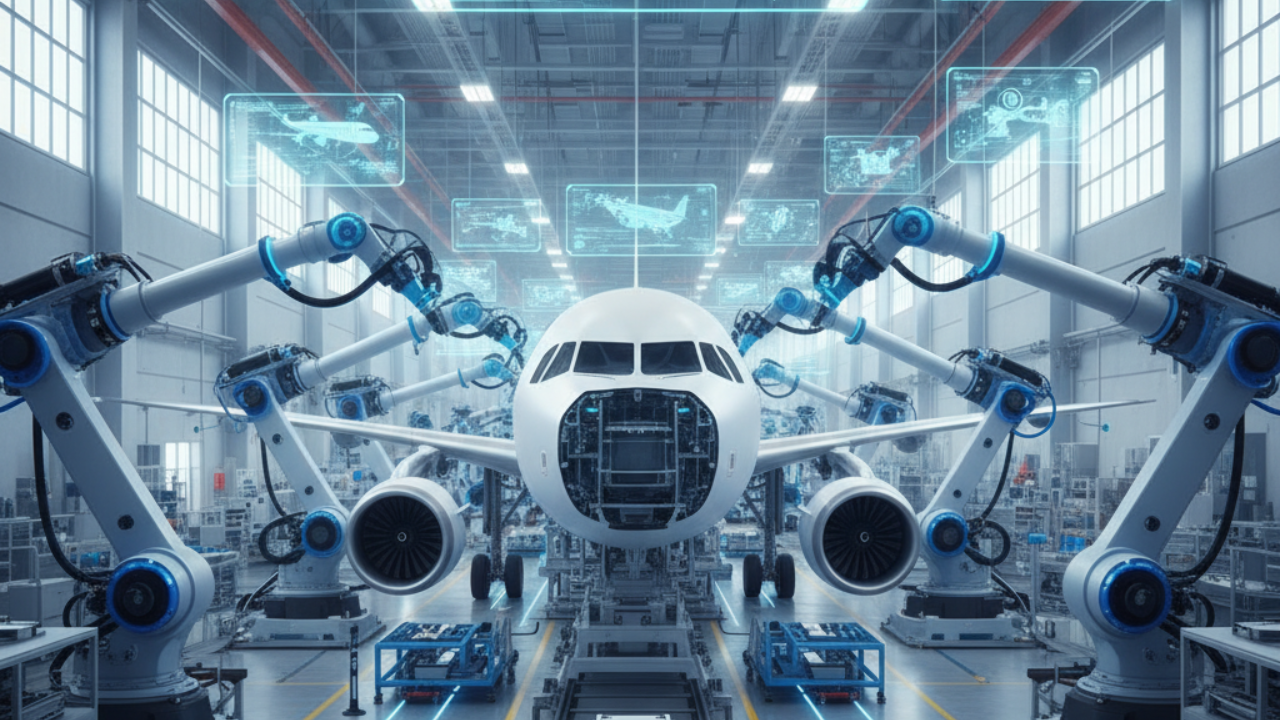
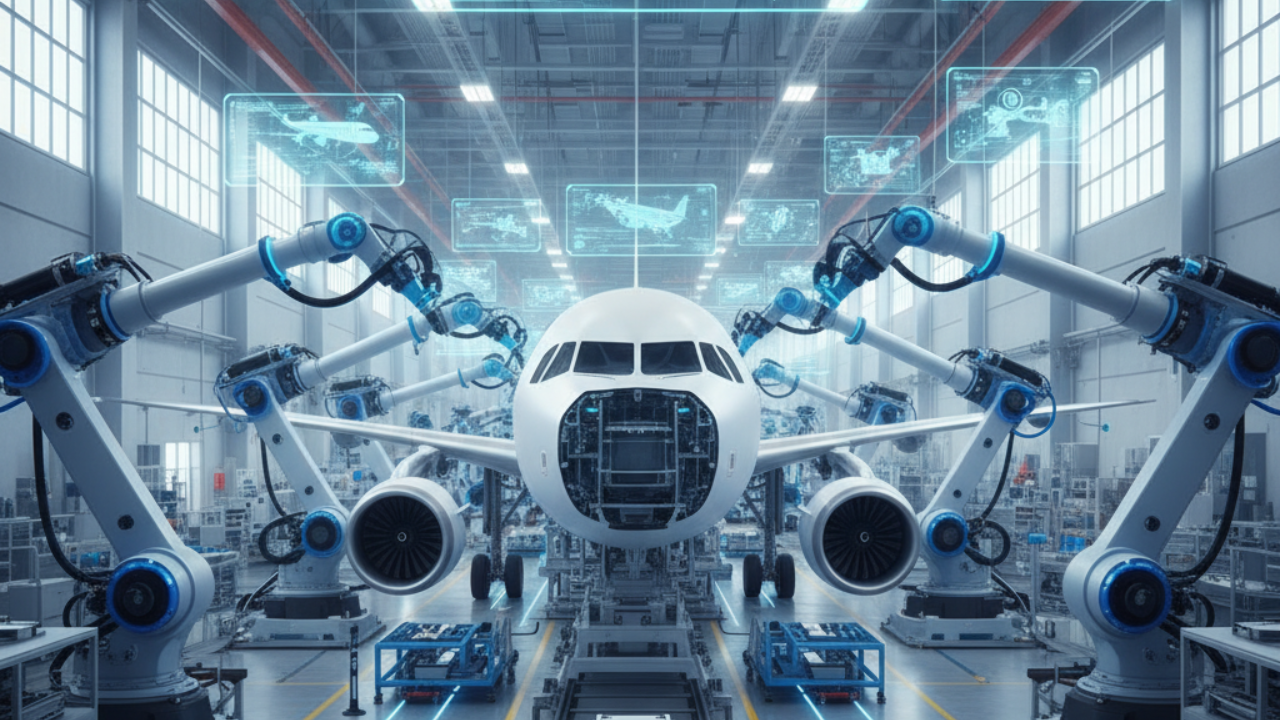
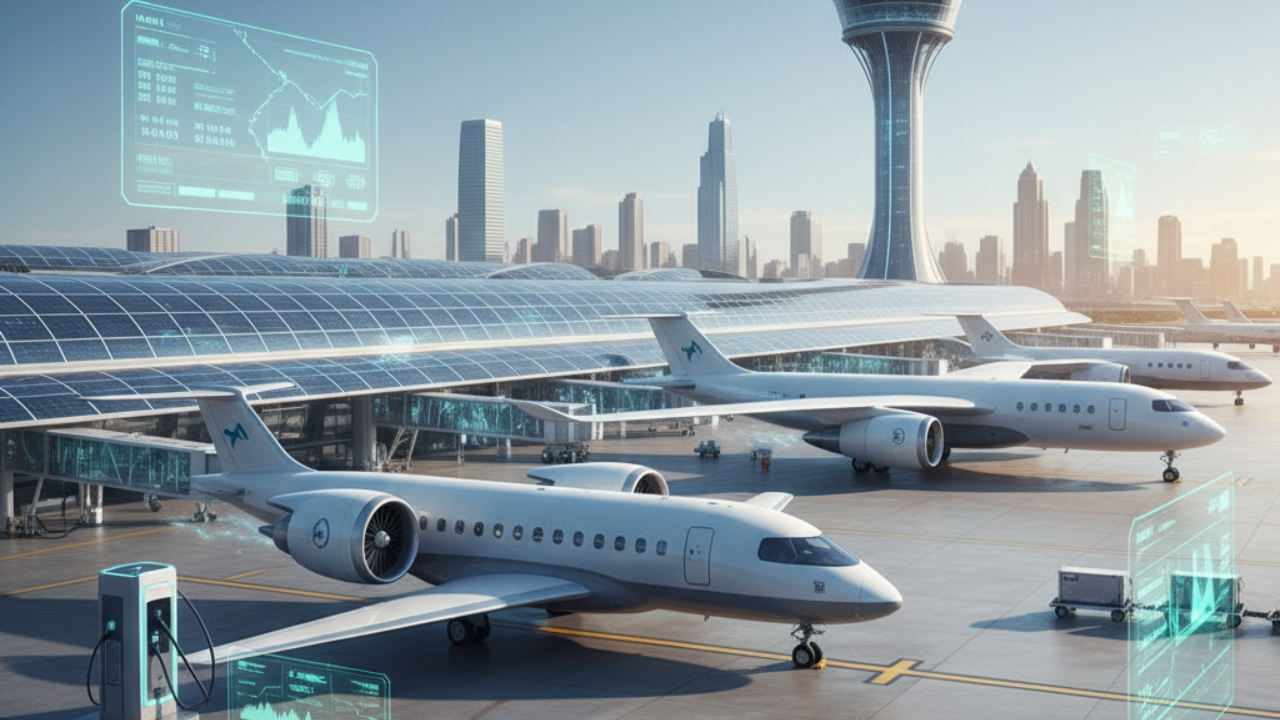
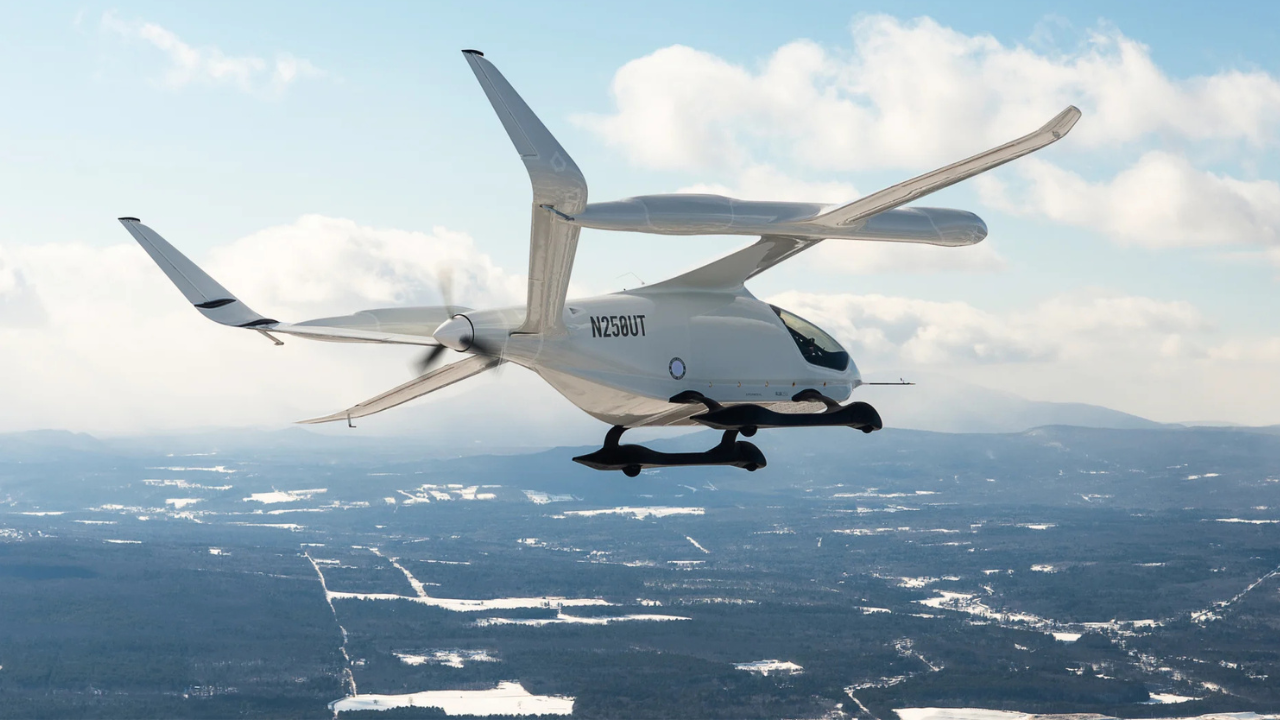






Bengaluru-Mumbai Superfast Train Approved After 30-Year Wait
Railways approves new superfast train connecting Bengaluru and Mumbai, ending a 30-year demand, easi

Canada Post Workers Strike Halts Nationwide Mail and Parcel Services
Canada Post halts operations as CUPW strike disrupts mail and parcel delivery nationwide amid disput

PM Modi Launches BSNL ‘Swadeshi’ 4G Network, 97,500 Towers Built
India enters global telecom league as PM Modi inaugurates BSNL’s indigenous 4G, connecting 26,700 vi

India’s Iconic MiG‑21 Takes Final Flight After Six Decades of Service
After 60 years India retires its MiG‑21 fighter jet, a legendary yet controversial warplane marking

Hindustan Zinc unveils AI hotspot monitoring at Debari smelter
Hindustan Zinc launches AI-powered Switchyard Hotspot Monitoring at Debari smelter to cut outages bo

Chinese experts worked inside sanctioned Russian drone plant
Chinese drone specialists visited IEMZ Kupol supplying parts and drones via intermediaries, deepenin